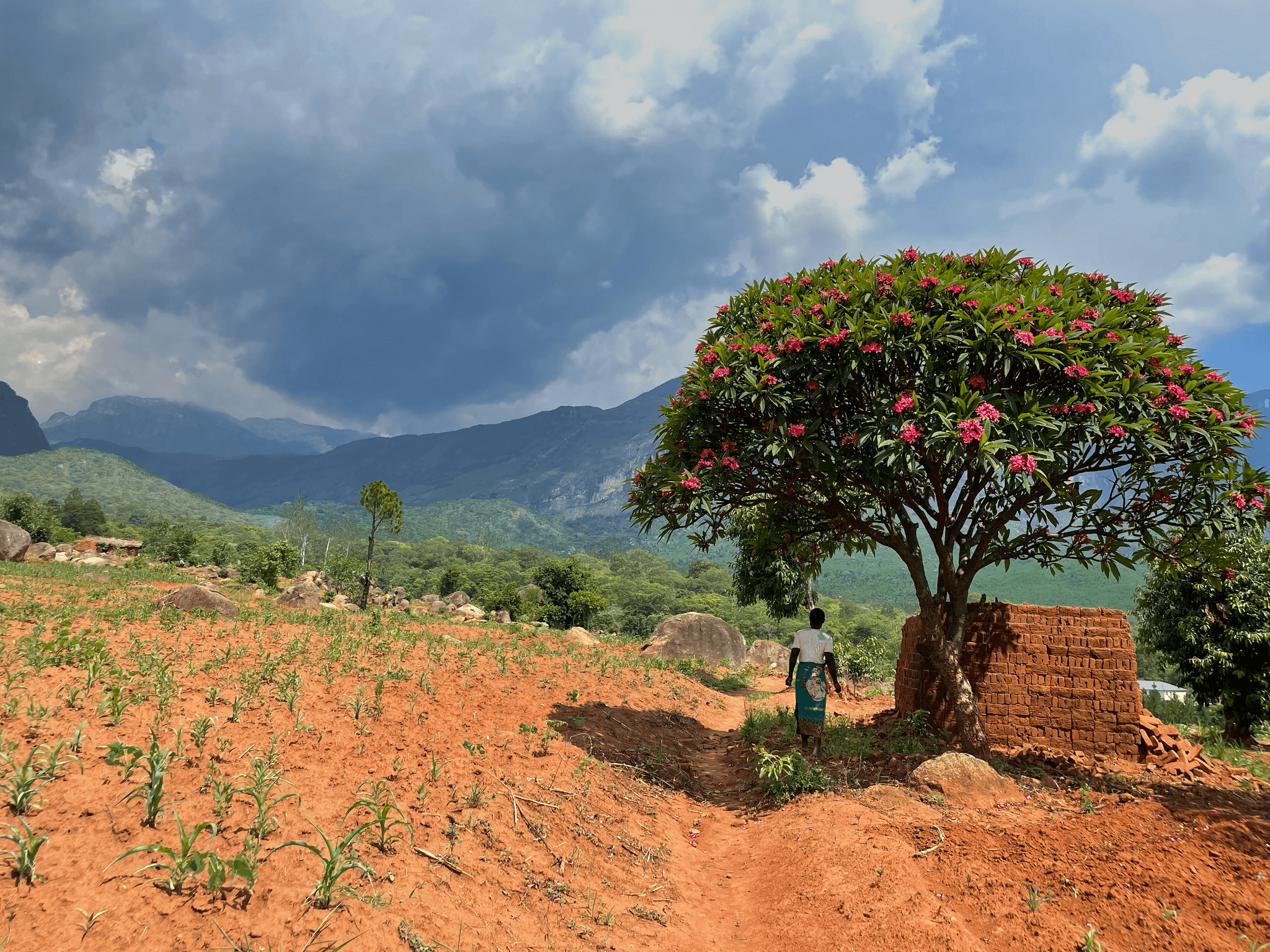From forest to farm: Linking trees in landscapes to dietary quality in rural Malawi
Det globale fødevaresystem producerer ikke nok billige og næringsrige fødevarer for verdens fattige. Mange politiske dagsordener i lav-og middelindkomst lande promoverer intensivering af landbruge tog produktion af kornafgrøder–hvilket oftesker på bekostning af skov og træer, som imidlertid kan være vigtige kilder til næringsrige fødevarer. Desværre bliver skove og træer ofte overset i strategierfor fødevaresikkerhed. Selv om der nu er evidens for, at skove kan være vigtige for folks ernæring, så har få studier kigget på træer udenfor skove. Dette interdisciplinære PhD-projekt undersøger, hvordan trædække (både i form af skov og træer på landbrugsjord udenfor skoven) påvirker kvinders indtag af mikronæringsstoffer. Projektet fokuserer på det rurale Malawi. Projektet inkluderer 7 publikationer (4 publiceret, 3 i review).
I Malawi er der høje afskovningsrater, udbredt fattigdom og underernæring–hvilket gør landet til et ideelt casestudie for at undersøge sammenhænge mellemskove, træer og ernæring. Analysen bygger på et omfattende feltarbejde, der resulterede i et datasæt bestående af 460 husholdninger. Data for hver husholdning inkluderede: 1) detaljeretfødevareindtag de seneste 24 timer(indsamlet to gange indenfor samme uge) i både tør-og regnsæsonen, 2) socioøkonomiske karakteristika, folksbrug af skoven og landbrugsstrategier, og 3) trædække fra højopløselige2019 PlanetScope satellitbilleder (3meter).Derudover indsamlede jeg data gennem fokusgrupper og en kortlægning af landbruget i 60 husholdninger
In English:
The global food system fails to provide healthy, affordable diets to the world’s poorest populations. Policies in low-and middle-income countries (LMICs) promote agricultural intensification and expansion of staple grains at the expense of forests and trees, which are important and often-overlooked sources of micronutrient-rich foods. Although emerging evidence reveals links between forests and nutrition, few studies expand this scope to include trees outside of forests. This highly interdisciplinary PhD project examines the effect of tree cover, and the productive functions of on-farm trees, on women’s micronutrient adequacy in rural Malawi, featuring seven papers (4 published/accepted, 3 in review)
Due to high rates of deforestation, poverty, and malnutrition,Malawi was identified as an optimal case study site to explore these linkages. The analysis draws from extensive fieldwork, resulting in a dataset for 460 households combining data on 1) food consumption from detailed 24-hr dietary recall surveys (conducted twice within one week) in both the dry and wet seasons, 2) socioeconomic dimensions, forest use, and agricultural land use, and 3)tree cover from high resolution 2019 PlanetScope imagery (3m resolution). This dataset is supplemented by insights from participatory observation, focus groups, and an agricultural field survey conducted with a subset of 60 households.
The results show that greater tree cover and specifically food trees on farms are associated with higher vitamin A, iron, zinc, and folate adequacy levels in the study population. Additionally, multi-purpose on-farm trees (e.g. trees used for fuelwood or income) do not detract from dietary quality and have the potential to offer other livelihood benefits. By identifying associations between tree cover, different types of on-farm trees, and food consumption patterns, these results can help elucidate the pathways by which tree-based landscapes influence diets. This study is novel in its scope and depth of analysis, moving beyond the forest/non-forest dichotomy in landscape characterization and assessing dietary quality at the micronutrient level. The findings show how trees along the farm-forest gradient can contribute to healthy diets for vulnerable populations, and can thereby inform targeted, nutrition-oriented agroforestry and/or forest restoration initiatives.

